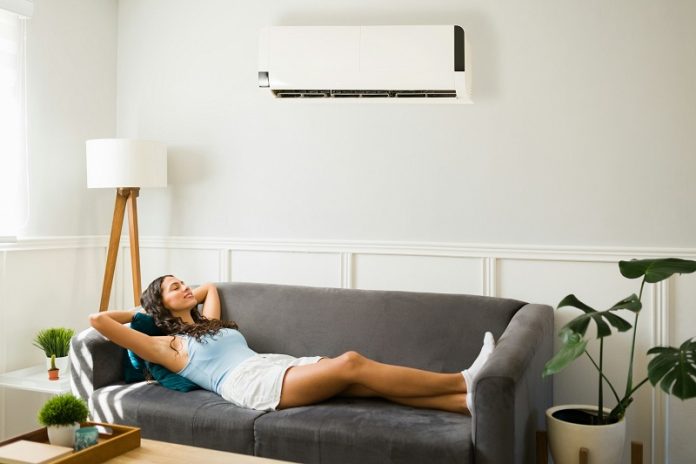
Air-cleaning technologies such as HEPA filters, UV light systems, ionizers, and advanced ventilation are often marketed as tools to prevent the spread of airborne illnesses like COVID-19 and the flu.
But a new study led by the University of Colorado Anschutz Medical Campus and the U.S. Centers for Disease Control and Prevention (CDC) finds that most of these devices haven’t been thoroughly tested on people—and their long-term safety remains unclear.
The research, published in the Annals of Internal Medicine, reviewed nearly 700 studies conducted between 1929 and 2024.
The goal was to see how well engineering controls for indoor air actually reduce the spread of infections.
While these devices are increasingly used in homes, schools, and public buildings, the study found that only about 9% of the research measured whether people using them actually became sick less often.
“Most studies tested air-cleaning systems in lab settings, not in real-world places like homes, schools, or workplaces,” said co-author Lisa Bero, Ph.D., professor of internal medicine at the University of Colorado School of Medicine.
“We need more research that measures actual health outcomes—not just air quality data.”
Instead of testing with real disease-causing viruses or bacteria, many studies used indirect measures, such as particle counts or harmless microbes.
As a result, it’s unclear whether these devices truly reduce infections in everyday environments.
“Many of these technologies look promising in theory, but we don’t have enough evidence that they work where people actually live and work,” said first author Amiran Baduashvili, M.D.
“People are investing in these products hoping to protect themselves, but the science hasn’t caught up to the marketing.”
The review also found that safety risks are often overlooked. Only a small number of studies examined harmful byproducts such as ozone, which can damage the lungs and worsen respiratory problems.
Devices like ionizers, plasma-based systems, and some ultraviolet light units can produce ozone, yet few studies have tested the long-term effects of using them indoors.
“Ozone and other chemicals from some air-cleaning devices can be especially harmful to children or people with chronic lung conditions,” said co-author Louis Leslie from the University of Colorado School of Medicine.
The researchers stress that future studies should test these devices in real-life settings—such as classrooms, hospitals, and offices—while tracking actual infection rates.
They also call for standardized health measures, so results are easier to compare and use in public health policy.
For now, the team recommends choosing devices that have been independently tested in realistic environments and avoiding those that produce harmful emissions.
They also note that proven, low-tech solutions—like opening windows, improving ventilation, and regular cleaning—remain important tools for keeping indoor spaces healthier.
“Public health decisions should be based on strong, independent evidence,” Bero said. “We’re not saying these devices don’t work—we’re saying we just don’t know enough yet.”
If you care about health, please read studies about Vitamin D deficiency linked to severe COVID-19, and how diets could help manage post-COVID syndrome.
For more health information, please see recent studies about new evidence on rare blood clots after COVID-19 vaccination, and results showing zinc could help reduce COVID-19 infection risk.
Source: KSR.



